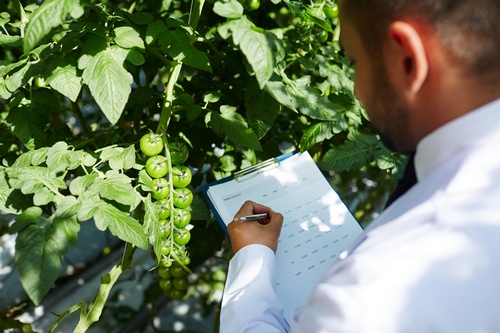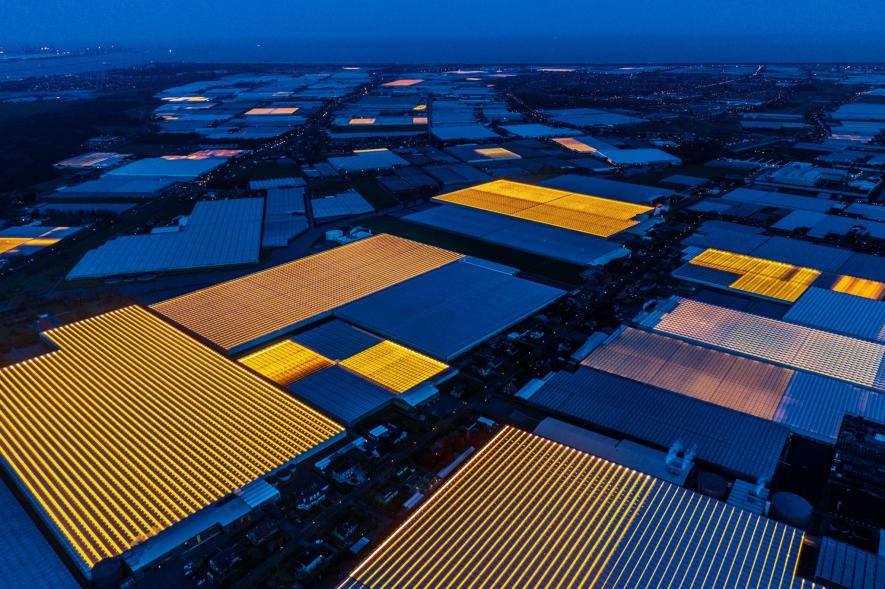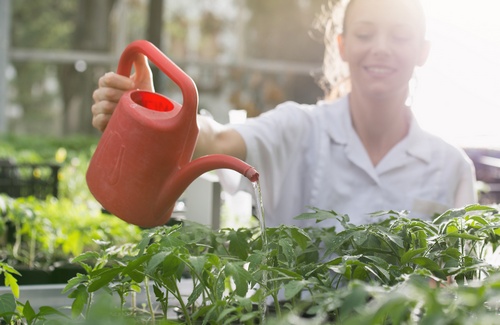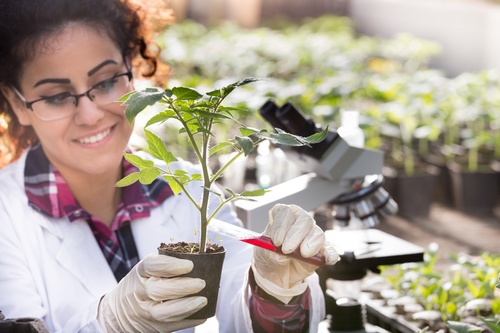
The main factor limiting the yield of tomato crops under cover is the amount of light that reaches the plants. The light affects directly the amount of yields obtained. Increasing its amount by 1% (as long as the other factors are optimal) increases the yield by 1%.
Central European countries such as Holland, Belgium, Germany or Poland are located in a moderate climate zone characterized by a deficit of natural sunlight in autumn, winter and early spring. Therefore, artificial light sources for plants’ lighting has been used for many years, although it is significant expensive of greenhouse production. The total cost of crop production under cover constitute a major part of expenses on heat and electricity. In addition, most of the energy consumed in greenhouse crops is still derived from the burning of fossil fuels, which has a negative impact on the environment. Thus, new lighting technologies that may reduce energy consumption and still enable to increase the value of the crop are increasingly placed at the center of plant producers' interest.
As of today, high pressure sodium (HPS) is the most commonly used lamp in horticultural produce. It is characterized by high luminous efficiency but does not guarantee a relatively long service life. In practice, such light sources are usually replaced every 1.5 - 2 years. In addition, unfavorable economic conditions (high prices of energy) significantly limit the introduction of these lamps into a wide production range. It should also be highlighted that the light spectrum applied in these lamps is determined by their construction and it is difficult to modify. Moreover, HPS lamps emit large amounts of heat, which, when used inappropriately, can cause thermal damage to cultivated plants.
At present more and more widespread use in practical lighting solutions are semiconductor light sources (LED – light-emitting diode). The advantage of this solution over other artificial light sources is the ability to optimize the radiation spectrum of LED modules easily. The use of LEDs allows to construct lighting housings of any spectral characteristics (by integrating appropriate proportions of radiation of different colors) that can be adopted to the needs of the plant species. Other advantages of using them are: smaller size of single light source, high durability and reliability, better illumination efficiency and minimal heat emission. In Europe among the vegetables grown under cover, the tomato is ranked in the first group of vegetables in respect of the area occupied. Tomato is a plant with high thermal and light requirements. Growing under low light conditions causes poor growth, delays the production of flower clusters, and limits flowering and fruit setting. The quality of the planting material is an important factor in the correct growth and high yielding of plants. Obtaining proper tomato seedling requires both maintaining optimum growth temperature and ensuring good light conditions. It is important to keep in mind that the availability of light is usually much lower than the required when preparing the seedling in winter and early spring. On cloudy days in November and December the irradiation intensity may be as low as 40-50 μmol / m2 / s1, while the minimum level required for proper photosynthesis is about 80-100 μmol / m2 / s1. It is also noteworthy that the autumn and winter days are very short, so the total amount of light energy reaching the plants per day is small. It is therefore necessary to replenish daylight with artificial light, which in turn is intended to accelerate growth and increase plant yield.
The text of the research work of the Electrotechnical Institute in Warsaw was used
"Influence of sodium lamp and LED lighting on photo-synthetic activity and growth of tomato plants"
|





